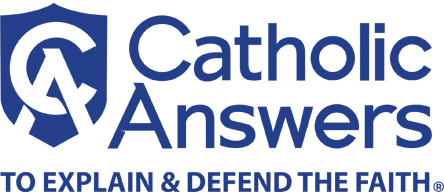

Nyssa, a titular see in Cappadocia Prima, suffragan of Caesarea. It is mentioned by Ptolemy (V, vii, viii) in the “Itinerarium Antonini” in the “Synedemus’f of Hierocles (699), and the Greek “Notitiae episcopatuum”, but its history and exact location are unknown. It should be sought on the south bank of the Kizil Irmak (ancient Halys), ten miles above Kessik Keupru (Ramsay, “Asia Minor“, 287, 305). Texier (“Asie Mineure”, Paris, 1862, 588) wrongly identifies it with Nev Sheir. Hamilton (Researches, II, 265) speaks of a modern village called Nirse, or Nissa, but the maps show no place of this name. Le Quien (Oriens Christ., I, 391) names ten bishops of Nyssa. The last qualified as metropolitan in the sixteenth century, is certainly only a titular bishop. To the list may be added Joannicius, who lived in 1370 (Miklosich and Muller, “Acta patriarchatus Constantinopolitani”, Vienna, 1860, I, 537). About this time Nyssa must have disappeared; but its name still recalls the memory of the glorious Doctor, St. Gregory.
S. PETRIDES

